
A Long March 6A carrier rocket blasts off from the Taiyuan Satellite Launch Center in Shanxi province on Tuesday. (ZHENG TAOTAO/FOR CHINA DAILY)
Carrier rocket's maiden flight sends pair of research satellites into orbit
China conducted the maiden flight of its Long March 6A carrier rocket on Tuesday afternoon at the Taiyuan Satellite Launch Center in Shanxi province, according to China Aerospace Science and Technology Corp.
The 50-meter rocket blasted off at 5:50 pm from a newly constructed launch tower at the Taiyuan launch center, roaring up into the dusk sky. It transported two satellites-Pujiang 2 and Tiankun 2-into their orbits, the State-owned space contractor said.
The launch marked the 412th flight of the Long March rocket family and the seventh space mission by China this year.
Developed by the Shanghai Academy of Spaceflight Technology, the Long March 6A is a medium-lift rocket and consists of a 50-meter, liquid-propelled core booster and four solid-fuel side boosters. The core booster has a diameter of 3.35 meters and is propelled by two 120-ton-thrust engines burning liquid oxygen and kerosene.
The rocket has a liftoff weight of 530 metric tons and will be tasked with transporting satellites into multiple types of orbit, including sun-synchronous, low-Earth and intermediate circular orbit.
Despite being called the Long March 6A, the new model is very different from the Long March 6, which was also designed and built by the Shanghai academy.
Long March 6 is about 30 meters tall and weighs 102 tons, much smaller and lighter than the new model. It was first launched in September 2015 and has carried out six flights.
Hong Gang, the rocket's project manager at the academy, said the Long March 6A is China's first rocket that uses both liquid- and solid-propellant engines as its main propulsion.
Zhang Weidong, Long March 6A's chief designer, said the rocket features a modular design and can be developed into multiple variants by adjusting the number of side boosters.
He said the rocket also boasts an automatic device that can measure and analyze the condition of the core booster within as little as 0.3 seconds after the booster's engines are ignited. If any hazards or malfunctions are detected, it will immediately shut down the engines and cancel the launch.
Pujiang 2, also made by the Shanghai academy, is tasked with carrying out scientific tests and surveying land resources.
Developed and built by China Aerospace Science and Industry Corp, another State-owned contractor, Tiankun 2 will be used to demonstrate and verify several advanced space technologies.
China launched its first carrier rocket-the Long March 1, a de facto modified ballistic missile-in April 1970 to transport its first satellite, Dongfanghong 1, into space. The mission made China the fifth country capable of building and launching its own carrier rocket to reach Earth's orbit.
Since then, the country has developed and launched nearly 20 types of Long March-series rockets, with 12 of them in active service.










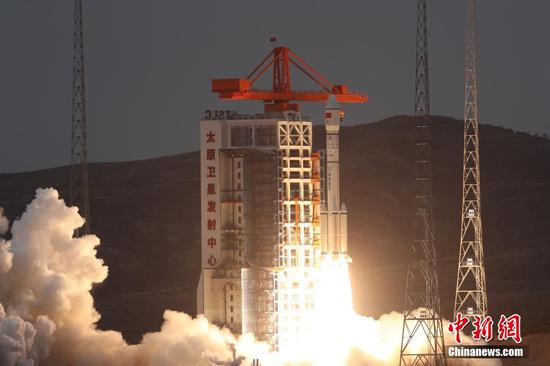













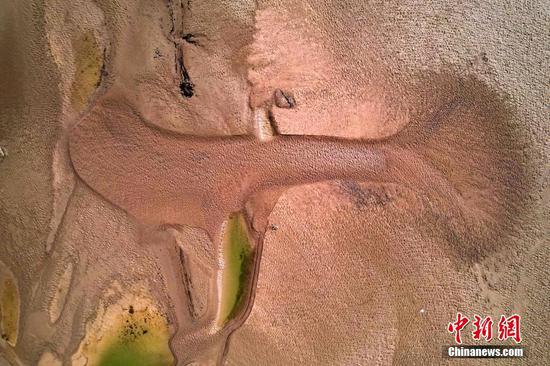



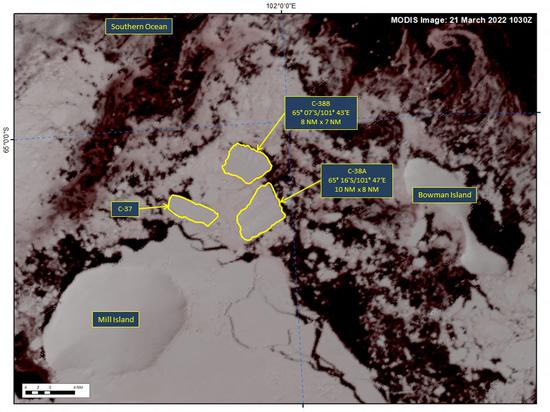










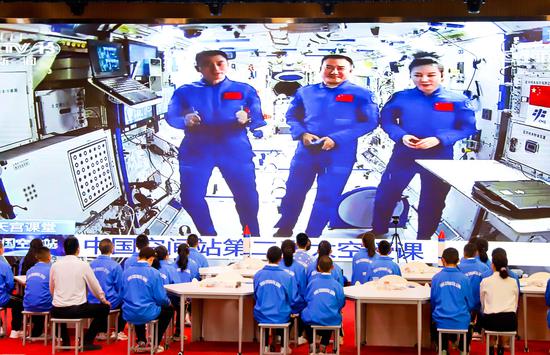
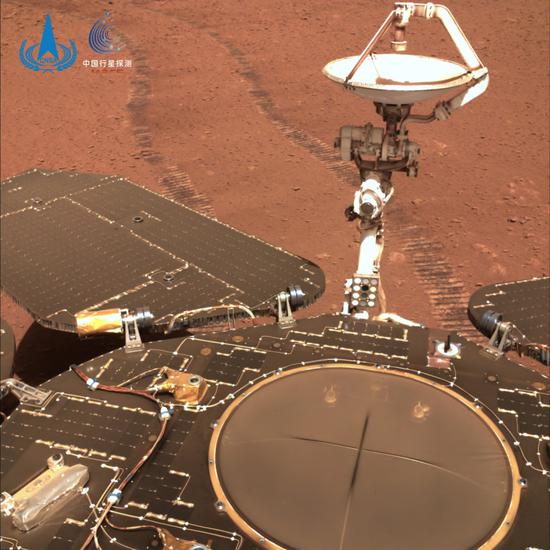
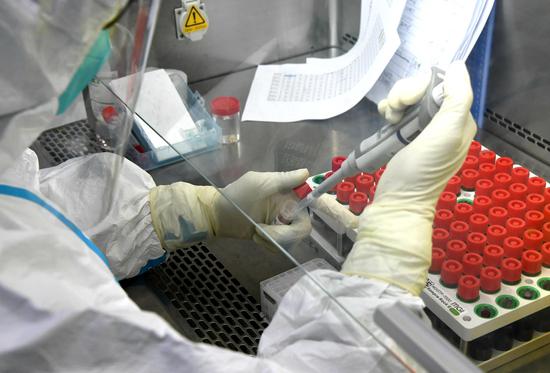
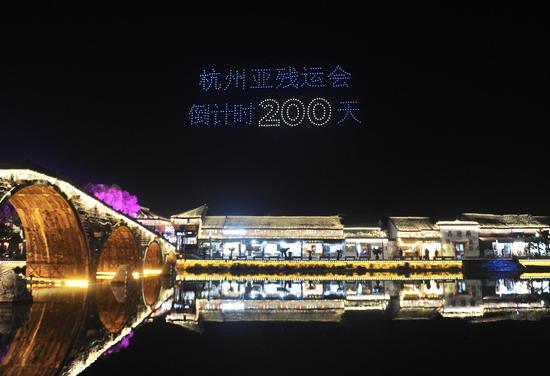







 京公网安备 11010202009201号
京公网安备 11010202009201号